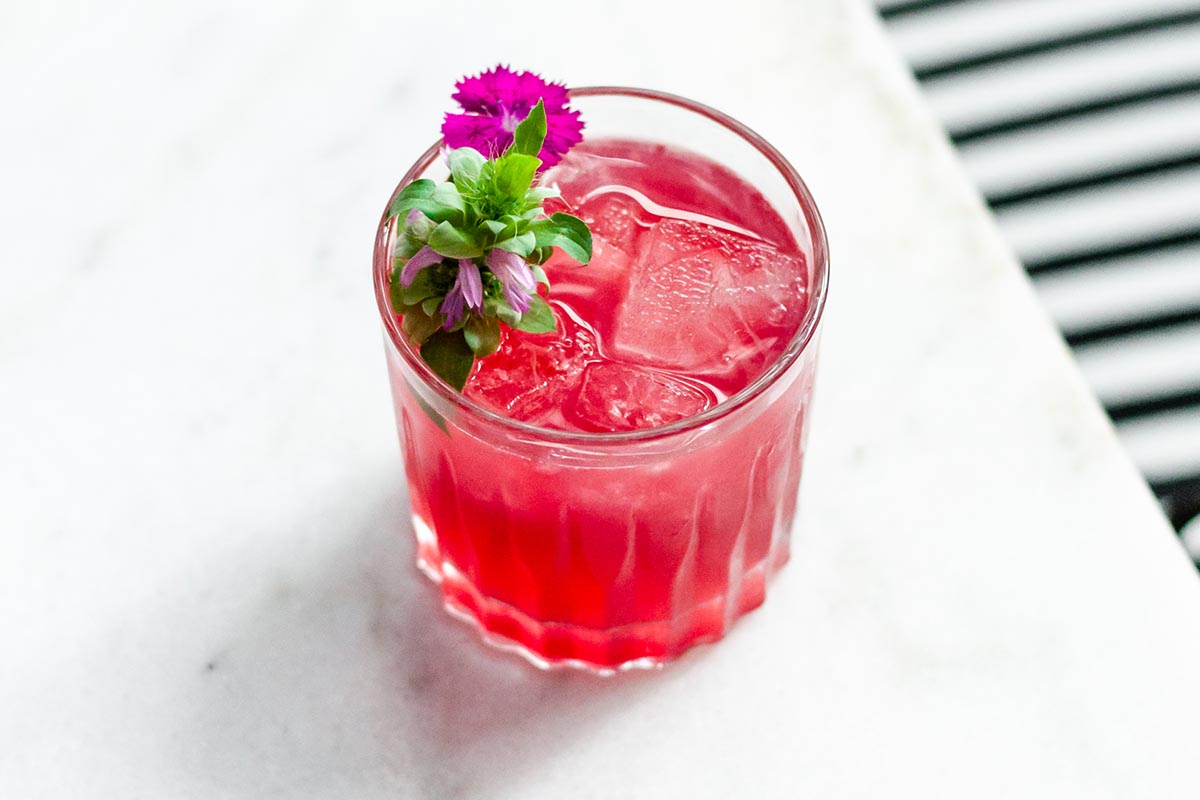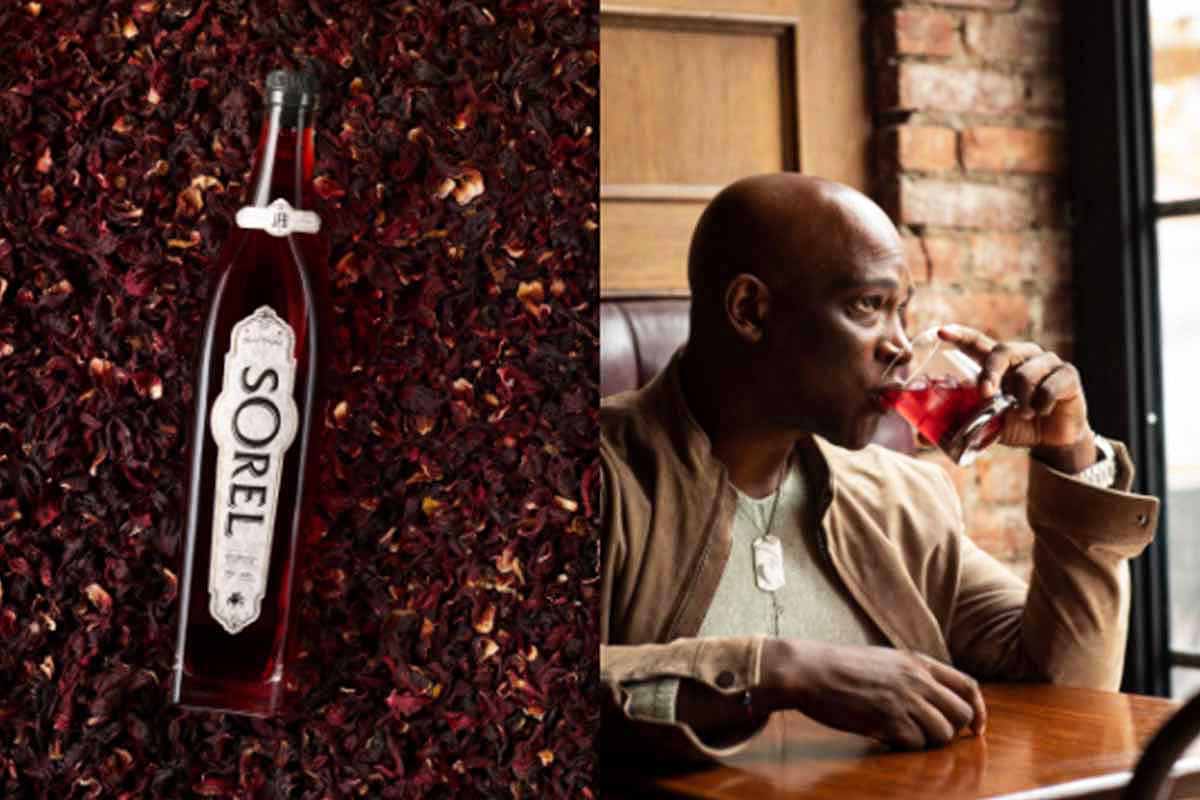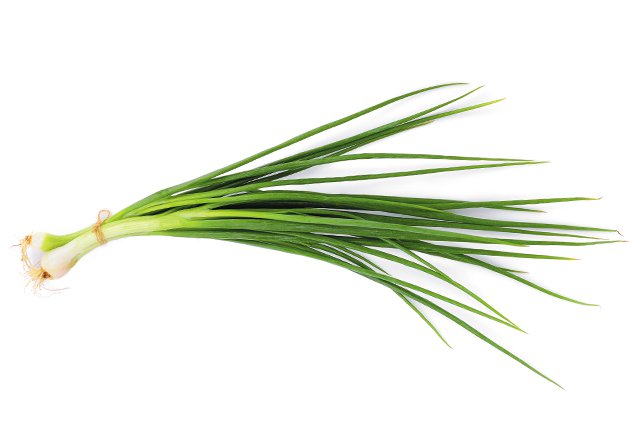
Food processors are encountering dramatically higher prices for ingredients driven by supply chain issues, the COVID-19 pandemic, geopolitical tensions, and other factors. Prices of cooking oils and shortening rose by 44% between February 2021 and February 2022, according to the CPG industry trade group Consumer Brands Association (CBA). The cost of wheat grew by 37.7% during the year.
A number of major food industry players have mentioned rising ingredient costs in recent earnings calls as a significant issue their operations faced in the first several months of 2022. Powder & Bulk Solids selected three examples to illustrate the complex environment that food manufacturers are currently operating in and the steps these companies are taking to ease the pressures.
General Mills
American food manufacturer General Mills is reworking some of its product formulations as shortages of certain ingredients bear down on the company, executives said during a discussion with analysts this week.
“The biggest issue we’re seeing is really around materials selection,” Jon Nudi, group president, North American retail for General Mills, said in the firm's Q3 2022 call. “So, ingredients coming into our plants to run our products.”
General Mills’ pizza, refrigerated baked goods, and hot snacks businesses faced shortfalls in supplies of fats, oils, starch, and other inputs during the last quarter. While the firm has worked to overcome these issues and recently made some improvements in product availability, Nudi remarked, “our service levels are still quite a bit below historic levels” for the platforms.
Company senior executives are now meeting once a week to focus on the company’s ingredient needs and communicate with suppliers. General Mills is also starting to alter some of its product formulations.
“In some of our products, we’ve reformulated over 20 times year to date,” said Nudi. “Every time you make an ingredient change, you have to change the formulation, which is obviously a lot of work by our two teams.”
JBS
Global protein products producer JBS is responding to rising prices for commodities – which are used in livestock feed – by increasing its own prices, improving operational efficiency, and rethinking its mix of products, markets, and channels, the company noted in the results for its Q4 2021 this month.
“The scenario for production costs remains challenging in 2022 with an average cost of soybean meal and corn rising 31% and 56% year-over-year, respectively,” said CFO Guilherme Perboyre Cavalcanti, said in a recent call with analysts, referencing data from ESALQ.
In the US market, the company’s operating costs have jumped by 30% to 40% compared to two years ago, the company detailed in the conversation, driven by hikes in commodity prices and labor costs.
Moving forward, JBS is working to “make sure that we’re communicating with our customers about the reality of the grain market,” Wesley Batista Filho, president of operations, Latin America, Oceania, and global plant-based for JBS, said to listeners, adding, “not only the grain, [but] all the costs stashed in the US, our operational costs because of the labor shortage.”
Campbell Soup
Iconic American packaged foods firm Campbell Soup Co. faced a 9% increase in its overall input costs on a rate basis during its Q2 2022 that ended in early March.
“Along with other industry participants, we experienced significant inflation across all input cost categories, including ingredients, packaging, transportation, and labor,” Mick Beekhuizen, the firm’s CFO, said in an earnings call earlier this month. He explained that ingredients and packaging make up about 50% of the cost of each product Campbell Soup manufactures.
Company executives expect input inflation to persist throughout its fiscal year, but anticipate that Campbell Soup to remain largely unscathed from fluctuations in the commodity market, as most of its needs are currently covered for 2022 and it has little exposure to Russian and Ukrainian grain markets. “We’ve got about 90% of our commodities covered [for 2022], which leaves us about $150 million in cost that we’re still navigating through,” CEO Mark Clouse said to investors.
Campbell Soup is currently examining gaps in its commodity coverage for the year and planning contingencies based on where inflation could hit the hardest, like the wheat market.
What's Next?
Food processors will continue to monitor the commodities and ingredients market and adjust as necessary. As General Mills’ example shows, some companies may want to consider product reformulations if the use of certain materials becomes cost prohibitive, or they are simply unavailable. For the rest of 2022 and probably beyond, food manufacturers will have to remain agile in sourcing of commodities and ingredients to ensure that levels of service remain high.
Food Firms Continue to Face High Ingredient and Commodity Prices - Powder Bulk Solids
Read More




















